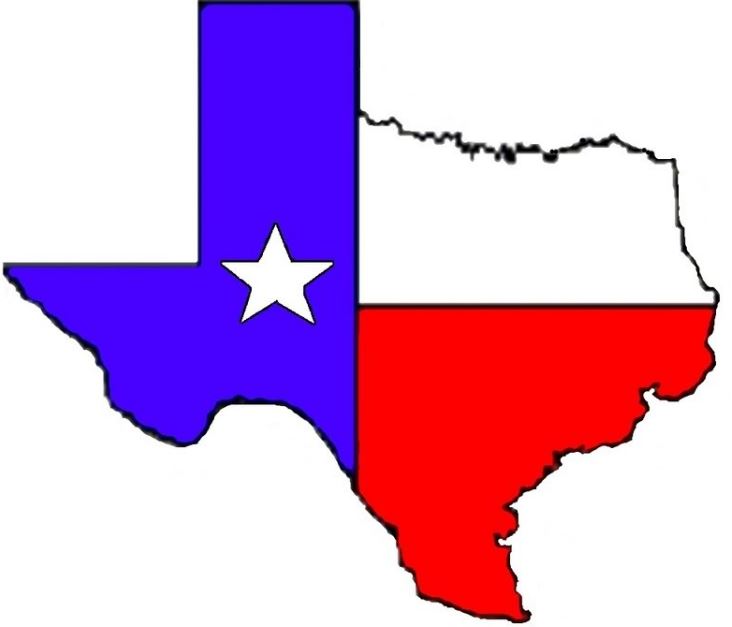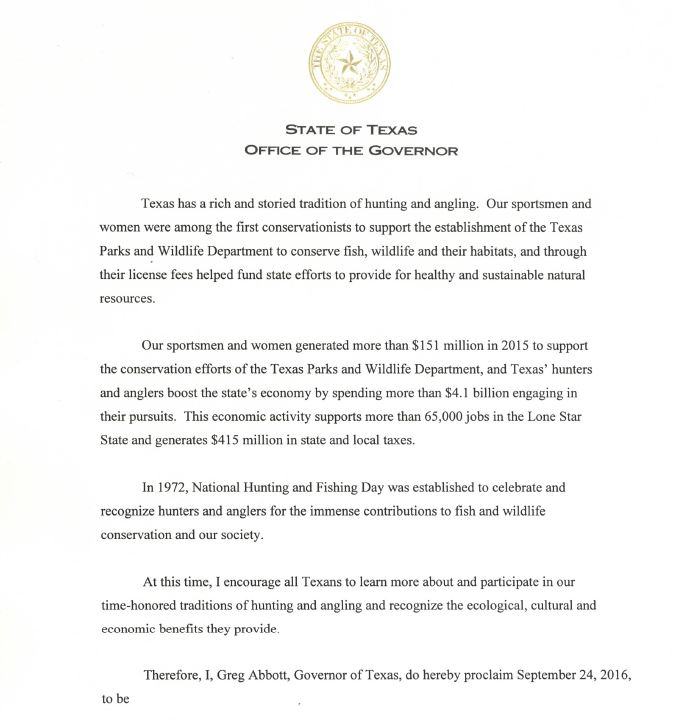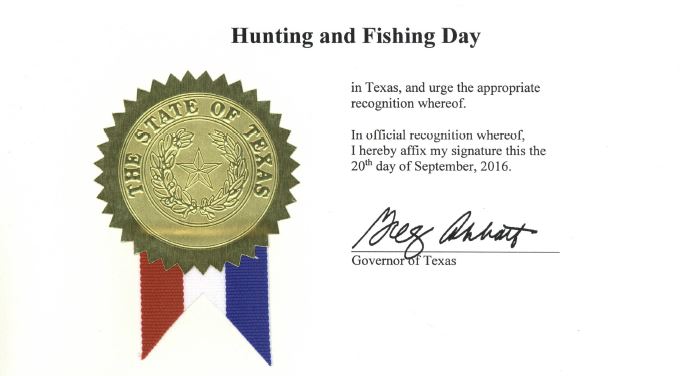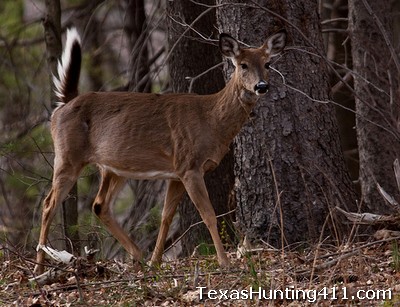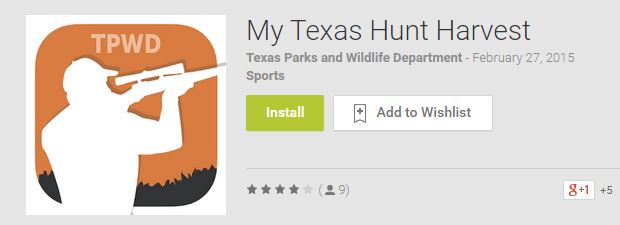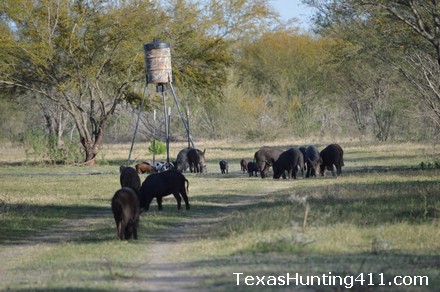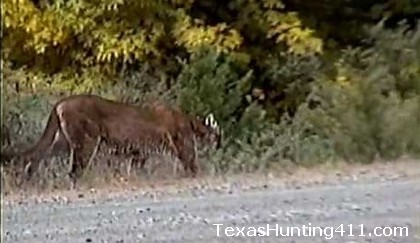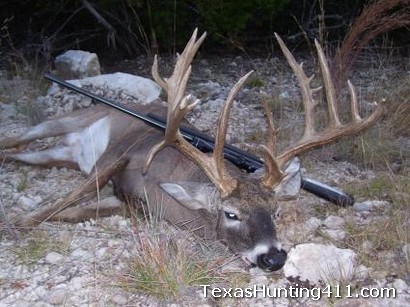There is no doubt that Texans like their deer. Not only do people like seeing and feeding deer, but they like deer hunting as well. Of course, these “people” are not all the same, not everyone is a hunter. But it’s deer trapping, not hunting, that is now a hot topic. Texas Parks and Wildlife Department regulates the trapping of game species such as white-tailed deer, but not the trapping of axis deer and other exotic wildlife. And some Ruby Ranch residents, a subdivision east of Buda, Texas, do not like the trapping of these non-natives either.
As it turns out, some Ruby Ranch residents are legally trapping exotic deer including the spiral-horned blackbuck antelope and axis and fallow deer that roam the neighborhood and are either moving the animals or selling deer to Texas ranchers. That has other animal-loving residents are demanding that the Ruby Ranch Homeowners Association change its covenants to forbid the trapping of axis deer and other exotic ungulates.
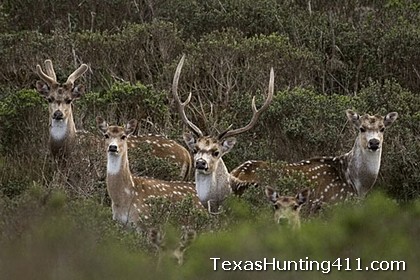
“The deer enhance the value of our properties,” resident Chris Scallon said of his rural neighborhood. “And the way some people are trapping deer is inhumane. We know of one resident who is luring the deer into a fenced enclosure in his backyard, and then he loads them into a horse trailer, where they can hurt themselves in transport.”
Texas law does not protect non-native species like blackbuck antelope as it does native white-tailed deer, said Clayton Wolf, a spokesman for the Texas Parks and Wildlife Department. “It’s allowed to trap, transport and sell them,” Wolf said. However, he added that cities, towns and homeowners associations must apply for permits to get rid of whitetail deer.
In Ruby Ranch, the story of the exotic deer and their fate centers on the Ruby Ranch Homeowners Association and its position not to govern the trapping, some residents say.
“The homeowners association has sat on this deer trapping issue for too long,” said Sonny Hollub, who started HOG (Homeowners Oversight Group), a group of more than 40 homeowners who are fed up with the homeowners association not doing anything about the trapping of exotics. Homeowners association board President Kevin Rodriguez acknowledges that some residents have trapped deer for several years but said there has never been a consensus for new regulations or to stop the practice.
“In our annual meetings, we get 100 residents who attend, and they’ve been split 50-50 on the issue. Our position has been that we’re not sure what people want,” Rodriguez said.
Tuesday night, the homeowners association and its attorney met with residents to explain that the association can’t change the covenants. Instead, it’s up to the concerned residents to get at least 75 percent of the 300 homeowners to agree to new language in the covenants to bar the practice.
“Our hands are tied,” Rodriguez said. “There are no state or local regulations to stop this. Homeowners are asking us to stop the trapping and hunting of these animals, and we can’t. And there are no restrictive covenants that say you can’t trap or hunt the deer found in the subdivision.”
“If they get 75 percent of the homeowners to agree, then that’s it. It becomes official,” Rodriguez said. The residents may ban the trapping of axis deer, fallow deer and blackbuck antelope, but are they sure it’s a good idea? These animals are not native to Texas, and other subdivisions around the state are already facing issues with native white-tailed deer overpopulation. What if these non-natives become an even bigger issue? What do you think should happen?
